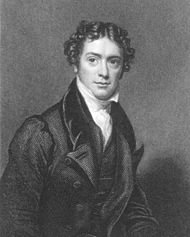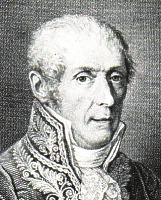Shipwrecks and Salvage > 1. Oceans and Electrolytes >
Describe the work of Galvani, Volta, Davy and Faraday in increasing understanding of electron transfer reactions
- Luigi Galvani, Alessandro Volta, Humphry Davy, and Michael Faraday were all scientists whose work in the late-eighteenth and nineteenth centuries increased understanding of electron transfer reactions.
| Time of main work | Individual | Relationship to previous individual | Major contributions |
| Late 18th Century | Luigi Galvani | – |
|
| Turn of 19th Century | Alessandro Volta | Friend of Galvani |
|
| Early 19th Century | Humphry Davy | – |
|
| Early- to mid-19th Century | Michael Faraday | Originally Davy’s assistant |
|
- The complete understanding of electron transfer reactions in terms of ions and electrons was not fully developed until the end of the nineteenth century.
- The contribution of these four scientists allowed Arrhenius to later develop the ionic theory of solutions.
- Arrhenius theory, coupled with Thomson’s discovery of the electron, allowed chemists to fully understand electron transfer electrons.



